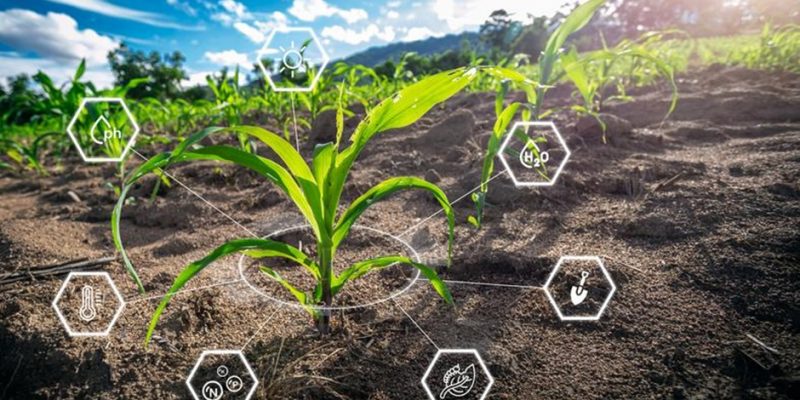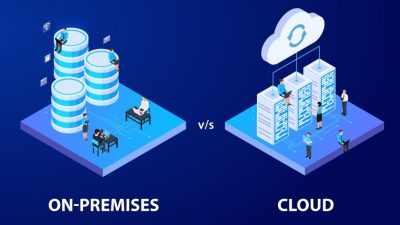At its core, smart farming involves the integration of information and communication technologies into machinery, equipment, and systems used in agriculture. This integration enables farmers to make better-informed decisions, leading to more efficient and sustainable farming practices. If you’re new to smart farming, here’s what it’s all about.
Enhanced Efficiency and Productivity
One of the primary benefits of smart farming is the significant boost in efficiency and productivity it offers. Through the use of sensors, GPS technology, and data analytics, farmers can monitor and manage their fields with unprecedented precision.
For example, soil sensors can provide real-time data on moisture levels, nutrient content, and temperature, allowing farmers to apply water and fertilisers more accurately. This precision reduces waste and ensures that crops receive the exact care they need.
Improved Resource Management
Smart farming technologies play a crucial role in optimising resource use. Water, being a vital resource in agriculture, is often used inefficiently, leading to wastage and increased costs.
With smart irrigation systems, workers can keep an eye on soil moisture levels and weather conditions to apply water only when necessary. This targeted approach not only conserves water but also prevents over-irrigation, which can harm crops and degrade soil quality.
Enhanced Sustainability and Environmental Protection
Sustainability is a key focus of smart farming. By leveraging technology, farmers can adopt practices that are more environmentally friendly. Precision agriculture reduces the need for chemical inputs such as pesticides and herbicides, as these can be applied in a more targeted manner.
This approach reduces the risk of chemical runoff into nearby water bodies, protecting aquatic ecosystems. Smart farming systems and techniques promote soil health by avoiding the overuse of chemicals and maintaining optimal soil conditions through precise monitoring and management.
Better Pest and Disease Management
Pest and disease management is a perennial challenge for farmers. Traditional methods often involve broad-spectrum pesticide applications, which can be harmful to non-target species and the environment.
Smart farming offers a more sophisticated approach. Through the use of drones and remote sensing technologies, farmers can detect early signs of pest infestations and diseases. This allows for timely intervention, using minimal and targeted pesticide applications.
Improved Decision Making
The integration of various technologies generates a wealth of data that can be analysed to inform decision-making processes. Farmers can access detailed reports on crop health, weather patterns, soil conditions, and more.
Precise data that exists in abundance enables farmers to make informed decisions about planting, harvesting, and managing their crops. Predictive analytics can also help farmers anticipate future challenges and opportunities, allowing them to plan proactively and adapt to changing conditions.
Labour Optimisation
Smart farming technologies can help optimise labour use, reducing the need for manual work and increasing efficiency. Automated machinery, such as robotic harvesters and automated tractors, can perform tasks with high precision and consistency.
Labour optimisation is vital because it reduces the burden on workers. It also ensures most operations can continue smoothly even during labour shortages.
Enhanced Traceability and Food Safety
Consumer demand for transparency and food safety is on the rise. Smart farming technologies can help meet these demands by providing enhanced traceability throughout the supply chain.
From planting to harvesting and beyond, every step of the farming process can be tracked and recorded. This information can be used to verify the origins and quality of produce, ensuring that consumers receive safe and reliable food products. Enhanced traceability also allows for quicker and more efficient responses to food safety incidents, minimising risks to public health.
Climate Resilience
Climate change poses a significant threat to agriculture, with extreme weather events and changing climate patterns impacting crop yields and farming practices. Smart farming technologies can enhance climate resilience by providing farmers with the tools to monitor and adapt to these changes.
Advanced weather forecasting and climate modelling can help farmers plan their activities around expected weather conditions, reducing the risk of crop damage. Smart irrigation and soil management practices can also help mitigate the impacts of droughts and floods, ensuring more stable and reliable food production.
Conclusion
Smart farming represents a transformative approach to agriculture, combining traditional farming practices with modern technology to address the challenges of today and tomorrow. The benefits of smart farming are manifold, so if you’re aiming to dabble in agriculture, be sure to give smart farming a try.













Comments